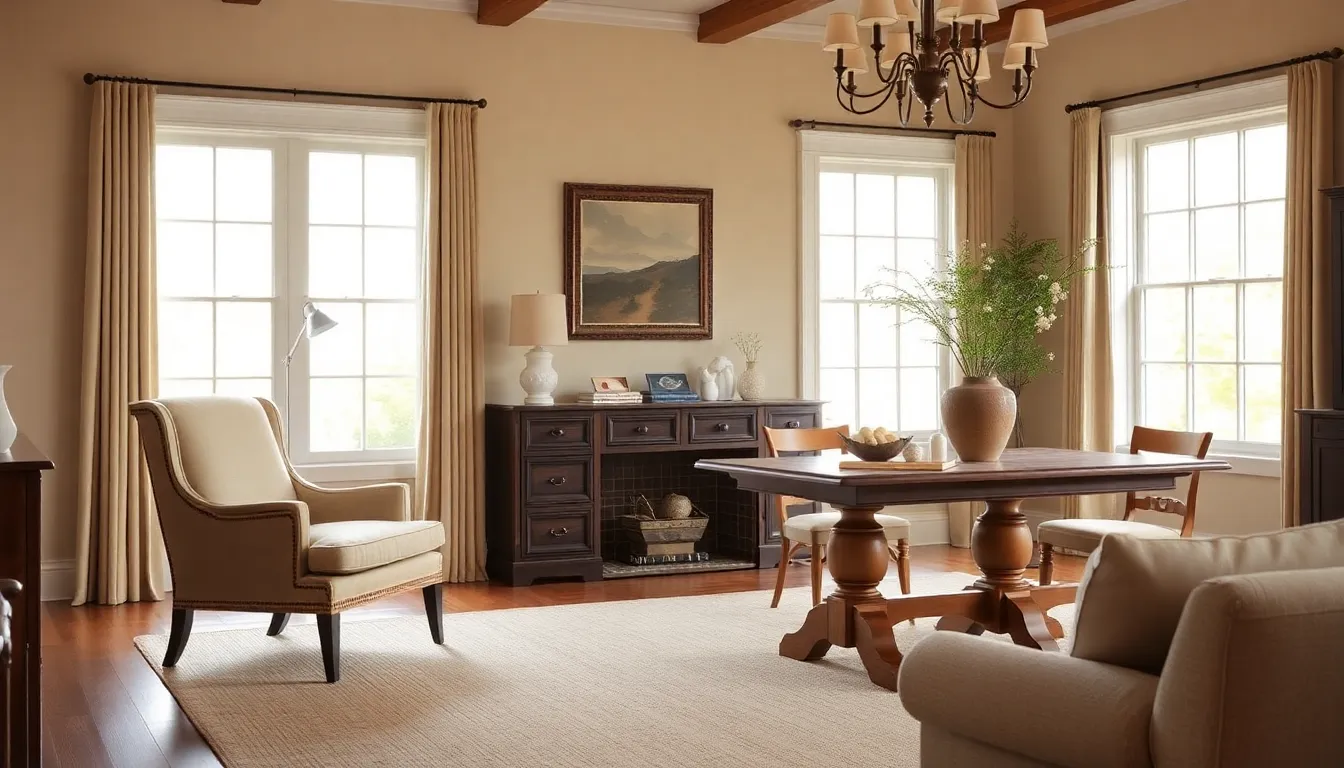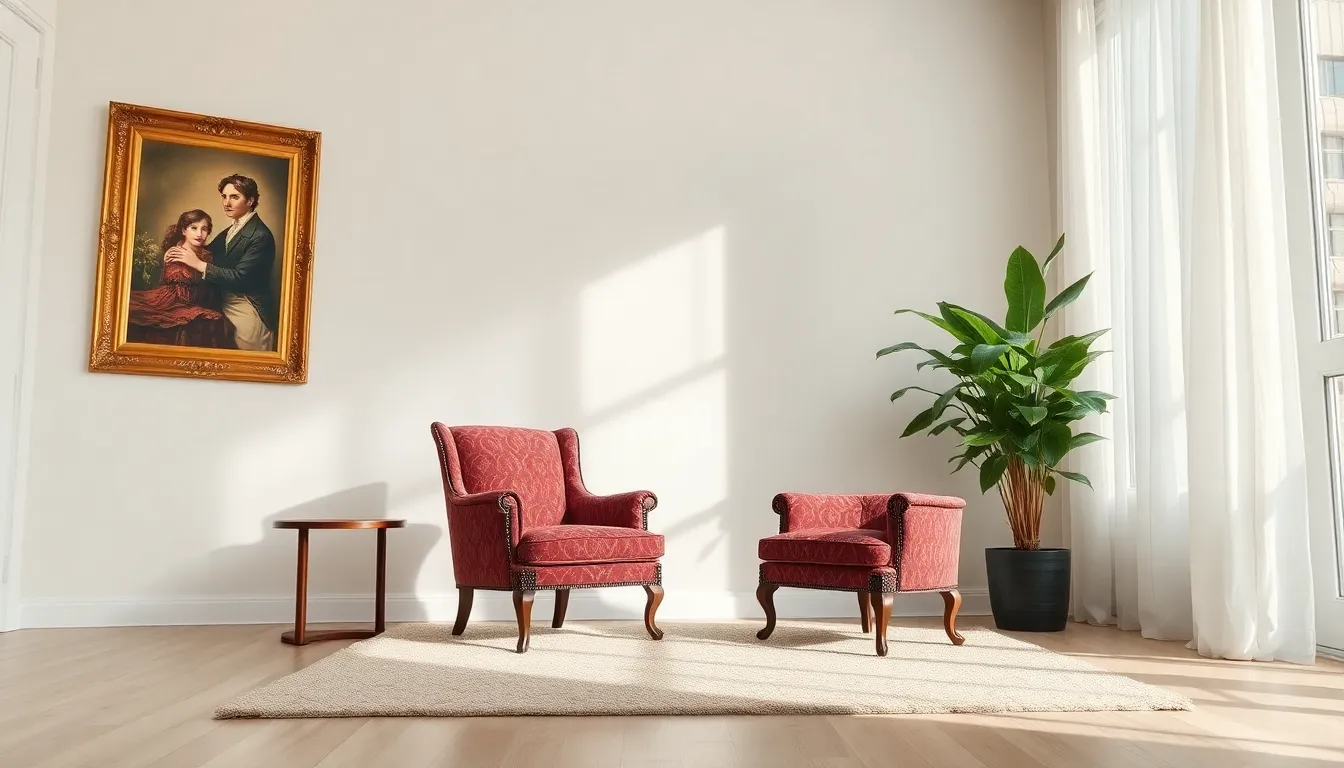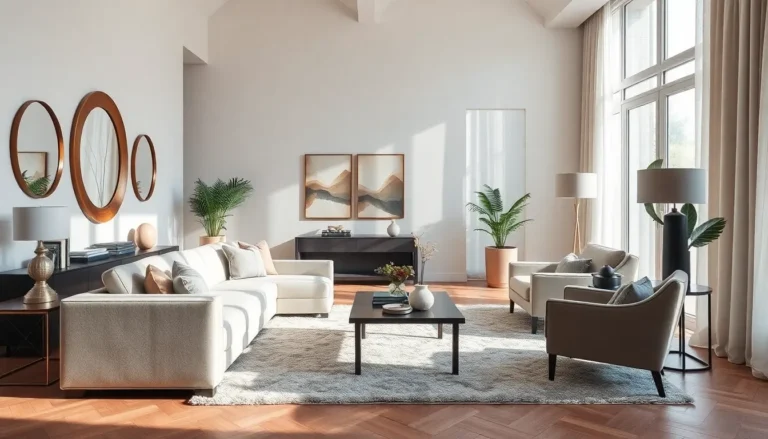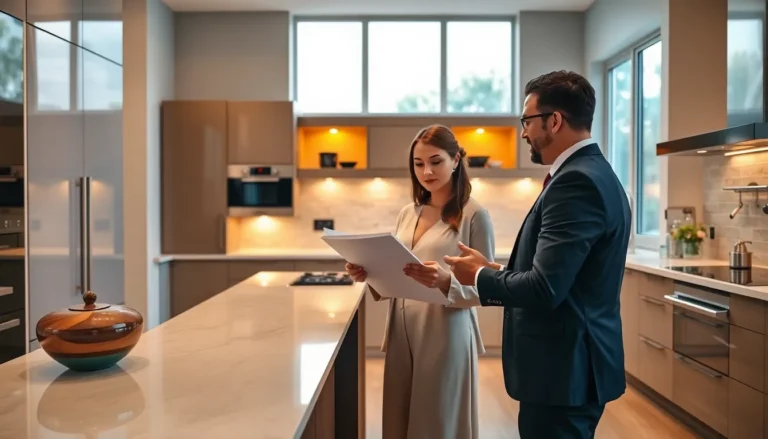Have you ever wondered why some design styles seem to stand the test of time while others fade faster than your favorite pair of jeans? Think about it: classic design concepts are like a fine wine, they only get better with age. They’re the trusty leather jacket of the design world: they never go out of style and can be dressed up or down depending on the occasion. So, let’s jump into the world of classic design to uncover why these concepts remain relevant and admired, no matter how many cat videos flood the internet.
Table of Contents
ToggleThe Importance of Classic Design

Timeless Aesthetics
Classic design transcends fleeting trends. The clean lines of modern design may impress many, but classic styles offer a beauty that endures. Designers and homeowners alike appreciate these timeless aesthetics, which come imbued with a sense of history and familiarity. Whether it’s the graceful curves of a Regency chair or the elegant simplicity of a Shaker table, classic design fuses form and function.
Cultural Significance
Each classic design concept tells a story. These designs are often steeped in the culture from which they emerged, reflecting societal values and aspirations. From the grandeur of Neoclassicism to the utility of American Colonial styles, these designs hold a mirror to their time. They connect us to the past, fostering an appreciation for craftsmanship and artistic vision.
Key Classic Design Principles
Balance and Proportion
At the heart of classic design lies the principle of balance. Whether achieving symmetry in a Victorian parlor or asymmetry in an Arts and Crafts room, balance creates a sense of harmony. Proportion, on the other hand, is about scale, how elements relate to one another. A well-proportioned room feels comfortable, guiding the eye and attention seamlessly throughout the space.
Contrast and Harmony
Contrast adds visual interest, while harmony fosters unity. Classic design embraces the interplay between opposing elements, light and dark, soft and hard, new and old. This delicate balance celebrates both variety and unity, allowing each component to shine while still belonging to the overall composition.
Simplicity and Functionality
Less is often more in classic design. While modern designs may lean heavily into chaotic minimalism, classic concepts find beauty in simplicity. Functionality is paramount: every piece is designed with a purpose. This is evident in the practicality of Shaker furniture or the straightforward elegance of Scandinavian design. Well-made, functional items become cherished heirlooms, standing the test of time.
Iconic Classic Design Styles
Art Deco
Art Deco is a beacon of glamour and sophistication that emerged in the 1920s. Characterized by bold geometric shapes and rich colors, this style reflects the opulence of the Jazz Age. Whether in architecture or interior design, Art Deco evokes the essence of luxury and modernity, making it an everlasting favorite.
Mid-Century Modern
Emerging in the mid-20th century, this style emphasizes clean lines and organic curves. Its functionality and innovative use of materials set it apart. Mid-century modern designs often blur indoor and outdoor spaces, focusing on a seamless connection with nature. Furniture pieces by designers like Eames and Saarinen are celebrated today as iconic classics.
Colonial Revival
Colonial Revival embodies nostalgia, evoking the early American spirit through traditional forms and materials. This style gained popularity in the late 19th and early 20th centuries and continues to inspire through its blend of timeless architecture and cozy interiors.
Integrating Classic Design in Modern Contexts
Contemporary Applications
In today’s fast-paced world, integrating classic design concepts creates a pleasing juxtaposition with modern aesthetics. Designers often merge the old with the new, allowing for a diverse range of applications. One can see classic elements in sleek, modern spaces, where a vintage tufted sofa or classic crown molding adds warmth and character to minimalist designs.
Challenges in Classic Design Adoption
Adopting classic designs comes with its own set of challenges. On one hand, recreating authentic classic looks may be costly. On another, finding the right balance between honoring tradition and catering to contemporary lifestyles can prove difficult. The key lies in selecting elements that resonate, whether that’s through color palettes or furniture pieces that echo classic principles.
Future of Classic Design Concepts
Adapting to Modern Needs
As society evolves, so must classic design concepts. Adaptation is crucial, designers are increasingly incorporating technology to create pieces that serve modern needs while remaining true to classic forms. Smart lighting in a classical fixture or eco-friendly materials in traditional designs exemplify this ongoing evolution.
Sustainability and Classic Design
Sustainable design practices are reshaping the future. This brings classic designs full circle, emphasizing timelessness and quality in construction and materials. As consumers lean toward eco-friendliness, the durability inherent in classic designs aligns perfectly with sustainability principles, making them an appealing choice for the modern buyer.








